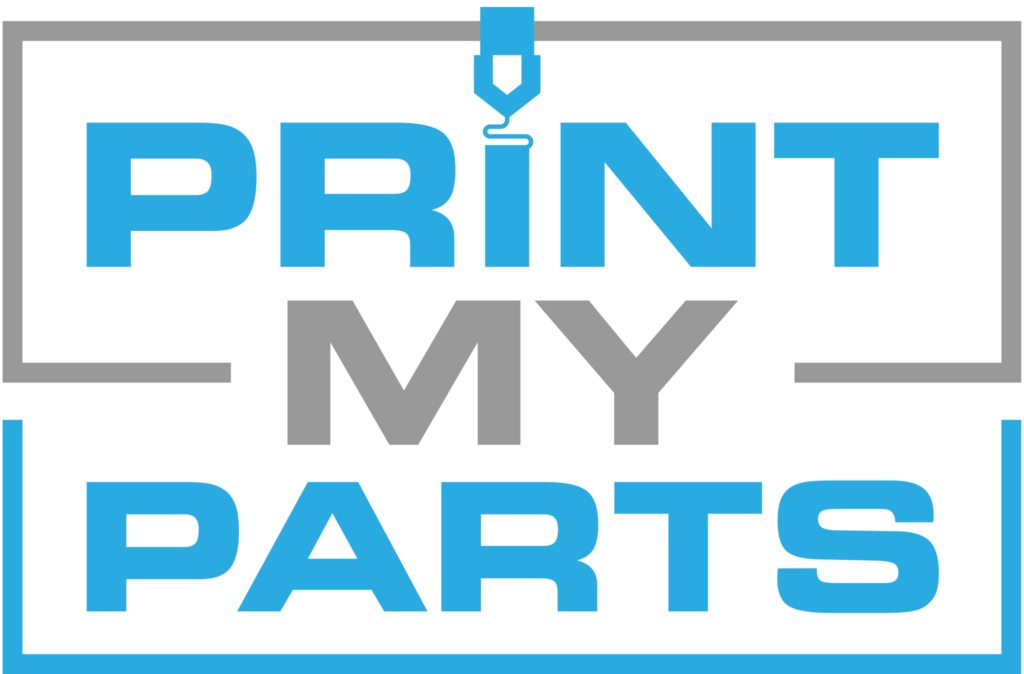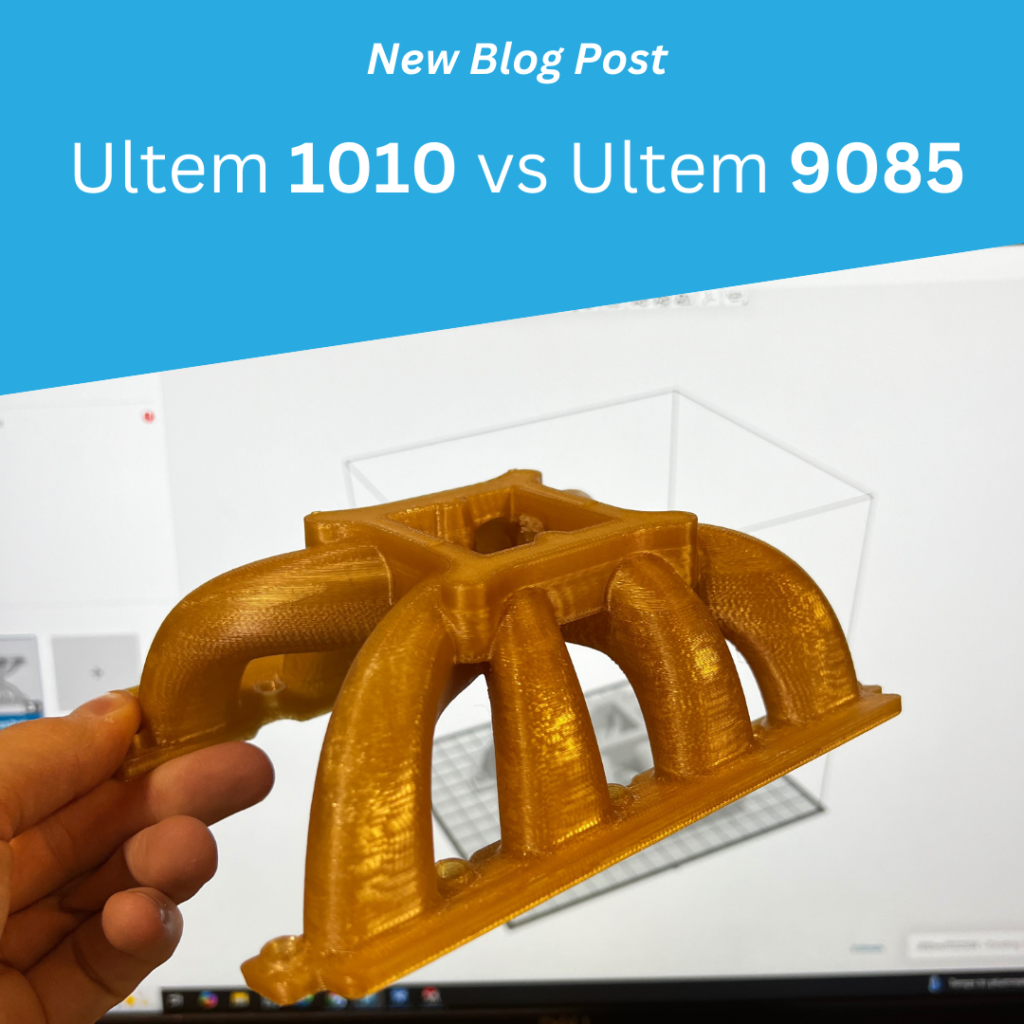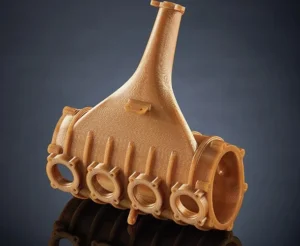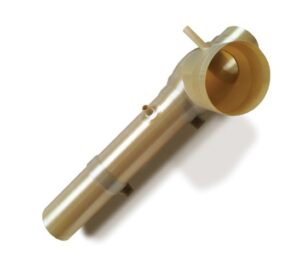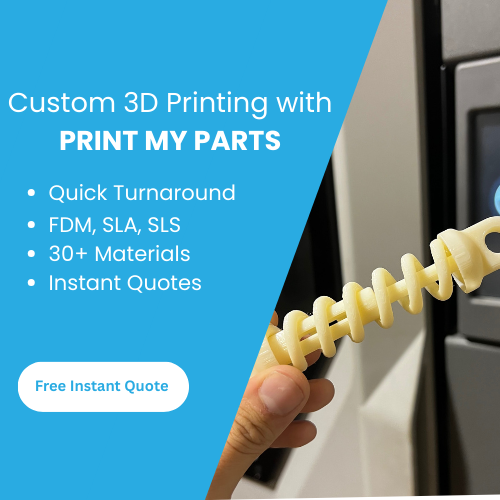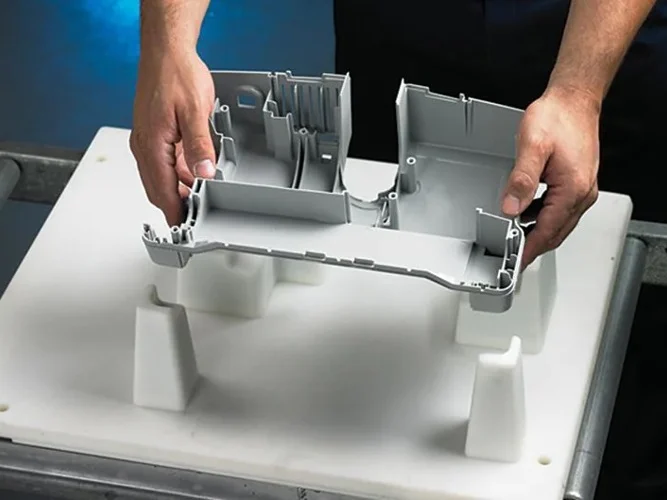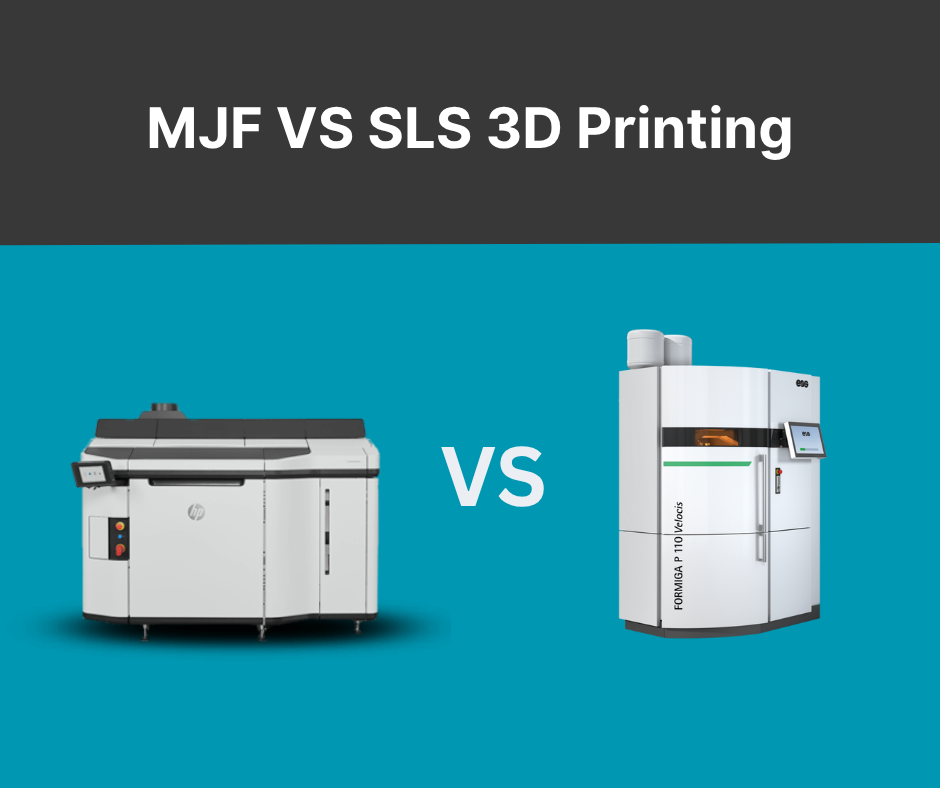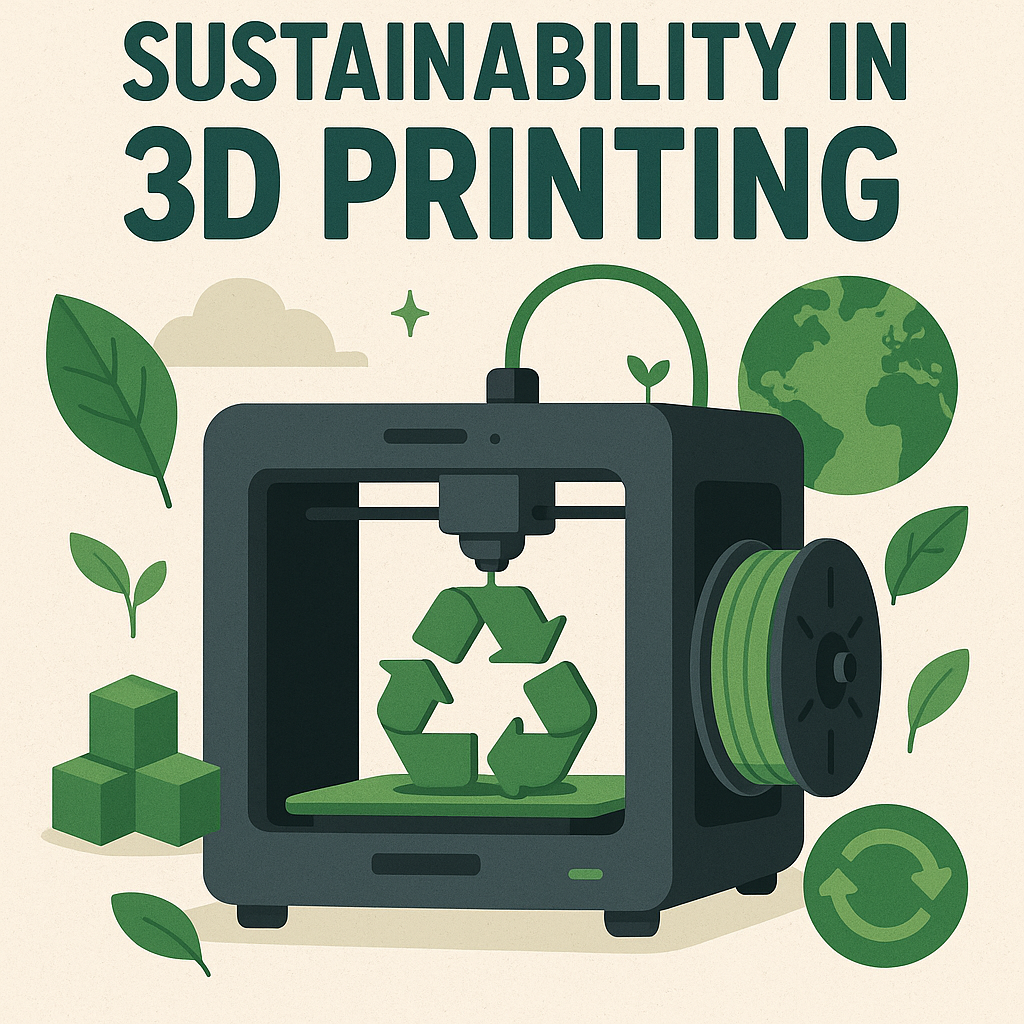Choosing the right material for your project always plays a significant role. Since, it determines the cost, end product durability, and longevity. Ultem 1010 ve Ultem 9085 are both top performers, but they serve different applications. Let’s take a look at their key features and how they stack up.
What is Ultem 1010?
Ultem 1010 is an engineered-grade thermoplastic. It is characterized by its superior mechanical characteristics, like high heat, and chemical resistance. It has a glass transition temperature Tg of 217°C, making it optimal for use in very high-stress areas.
Ultem 1010 is typically employed in the aerospace, automotive, and medical settings. It is hard to compress and can bear high pressure, and works best under harsh conditions. When it comes to thermal-resistant material, Ultem 1010 cannot be an irreplaceable choice.
In general, Ultem 1010 features are provided in Stratasys datasheets. These databases are helpful when determining whether or not Ultem 1010 works for your project.
What is Ultem 9085?
Ultem 9085 is another solid thermoplastic and is slightly different from Ultem 1010. It has a Tg of 185°C, which is lower than Ultem 1010. Primarily, its use is common in aerospace, for creating products such as cabin brackets and ducting. Ultem 9085 is stiffer but less dense than Ultem 1010 making it perfect for reducing the component’s overall weight without compromising the performance.
In addition, Ultem 9085 datasheets shared by Stratasys also depict its mechanical properties. These considerations are quite critical in establishing how it sets itself apart from the other materials.
Differences between Ultem 1010 and Ultem 9085
Let’s take a look at distinctive aspects of ultem 1010 vs 9085:
Temperature Resistance
The Glass transition temperature (Tg) of Ultem 1010 is higher, nearly about 217°C. This makes it a better choice for harsh environments. In contrast, ULTEM 9085, has a Tg of 185°C and is ideal for moderately high-temperature conditions.
Strength and Durability
In tensile tests, Ultem 1010 has a higher strength than Ultem 9085. If you want to 3D print your part with the highest impact resistance possible under pressure then Ultem 1010 can be your ideal choice. Ultem 9085, in comparison, provides high strength without weighing too much.
Chemical Resistance
Ultem 1010 exhibits the highest performance and chemical compatibility with a broader range of aggressive chemicals. If your parts have to be exposed to various chemical solutions, then this material has minimal risk of getting damaged. On the other hand, the chemical resistance of Ultem 9085 is decent but not as good as Ultem 1010.
Where to Use Ultem 1010 vs. Ultem 9085
Ultem 1010 Applications
- Aerospace: It’s used for structural components, housings, and interior elements.
- Medical: The material is great for medical devices that need to withstand sterilization and chemical exposure. Surgical tools and drug delivery systems often use Ultem 1010.
- Automotive: For parts exposed to heat or chemicals, Ultem 1010 is reliable. It’s often used in engine components or parts that face harsh conditions.
Ultem 9085 Applications
- Aerospace: Ultem 9085 is used for interior components in aircraft, like brackets and ducts. It’s strong yet lightweight, which helps with fuel efficiency and performance.
- Automotive: In the automotive sector, Ultem 9085 is often used for non-engine components that need to be strong but lighter.
- Industrial: This material is also eminent in general industrial applications where you need both strength and heat resistance but don’t need the extreme durability of Ultem 1010.
Ultem 1010 Vs 9085: Performance Comparison: Technical Data from Stratasys
When comparing Ultem 1010 vs Ultem 9085, it’s advised to consult the specifications given by Stratasys. On their datasheets, some essential characteristics such as tensile strength, elongation at break, and HDT are detailed to help you make the right decision based on your needs.
Ultem 1010: Key Metrics
- Tensile Strength: 90 MPa
- Heat Deflection Temperature (HDT): 217°C at 0.45 MPa
- Elongation at Break: 5-7%
Ultem 9085: Key Metrics
- Tensile Strength: 80 MPa
- Heat Deflection Temperature (HDT): 185°C at 0.45 MPa
- Elongation at Break: 8-10%
So, through metrics, it can seen that due to better mechanical properties and dimensional stability, Ultem 9085 is good for applications in lighter and lower temperatures with out-compelling performance in structural and aerospace uses.
Choosing the Right Material for Your Application
Your choice between Ultem 1010 and Ultem 9085 normally depends on your application.
If you need high-temperature resistance, durability, and strength, Ultem 1010 is the better choice. It is ideal for harsh circumstances. For instance, where parts experience extreme mechanical and thermal stress.
If your application requires a balance of strength, lightweight properties, and moderate temperature resistance, Ultem 9085 is the material to go for. It is a more cost-effective solution for aerospace and automotive applications that don’t need the extreme performance of Ultem 1010.
Conclusion
To sum up, both PEI materials, Ultem 1010, and Ultem 9085 provide solutions designed to meet unique market and purpose requirements. Comparing the systems datasheet given by Stratasys and knowing the main differences between both materials it is possible to make the right decision.
FAQ’s
Q1: Which material is more cost-effective: Ultem 1010 or Ultem 9085?
Ultem 9085 is relatively cheaper compared to Ultem 1010. It provides strength to weight in an even more economical package. Ultem 1010, although has better performance at high temperatures, costs a bit higher. Select 1010 only if heat resistance is a concern in your application.
Q2: Which material is preferable for use in aerospace applications?
Ultem 1010 has more advantages over Ultem 9085 for aerospace applications that are subjected to either high temperature or mechanical stress. They can better endure high temperatures and are more long-lasting. Ultem 9085 is ideal for the use of lightweight non-load-bearing components such as the cabinetry of aircraft.
Q3: Is Ultem 9085 suitable for general industrial use?
Yes, Ultem 9085 is standard for general industrial applications. So, it has a high strength-to-weight ratio and as such can be used in areas where weight is a critical factor like the car industry and aviation. It is cheap yet it can produce reasonable performance.
Q4. Should businesses choose Ultem 1010 for chemical resistance?
Yes, Ultem 1010 is preferable in terms of the chemical resistance capacity of the material. Since it is more chemically resistant than Ultem 9085, the medical and chemical sectors heavily consume it. Although relatively more expensive than Ultem 9085.

